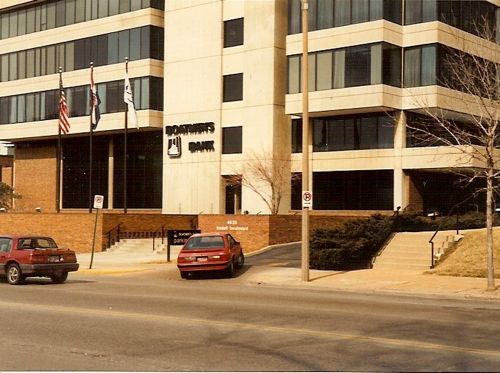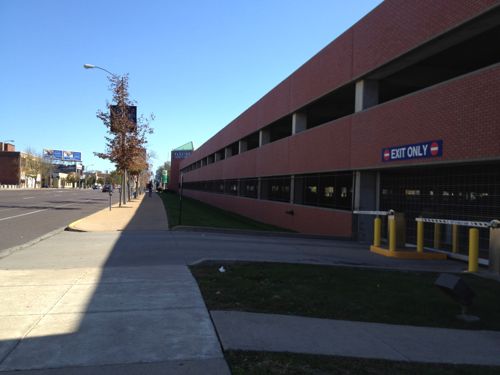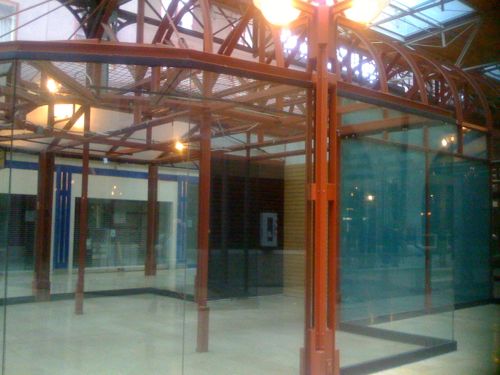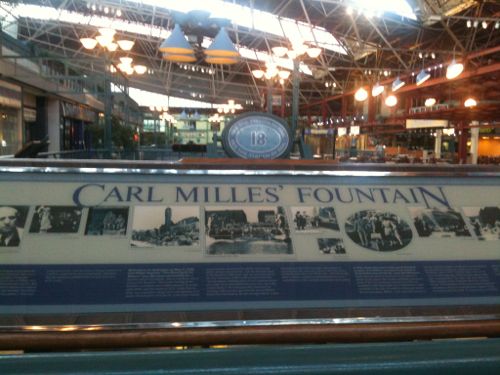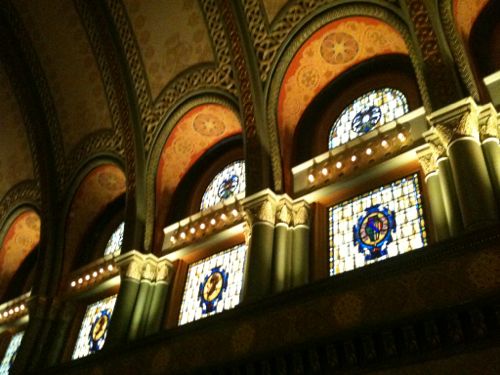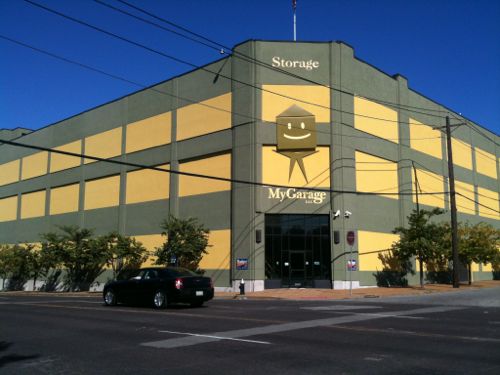Former Missouri Pacific Railroad Headquarters Now Luxury Residences
Ground was broken on the Pacific Railroad in St. Louis on July 4, 1851.  By 1917 it had become the Missouri Pacific Railroad (MoPac).
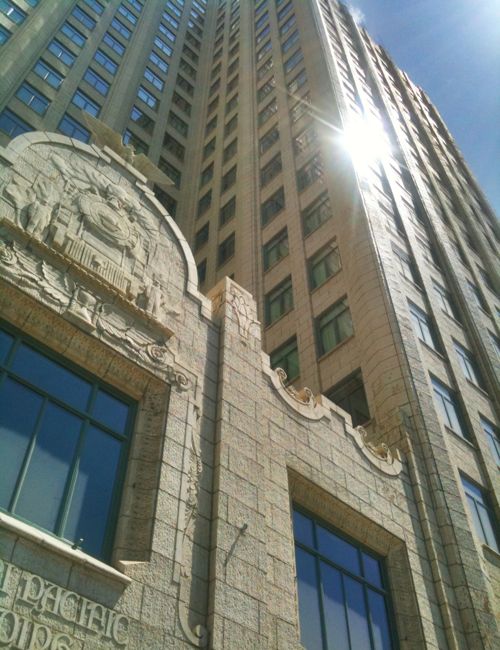
The company grew and decided to build a new headquarters:
In 1926 the Missouri Pacific Railroad began the construction of a 30 floor building in St. Louis which would become the home of the railroad’s offices. In 1928 with only 22 of 30 floors completed, the construction was stopped. (Source)
They had planned a duplicate building behind this on facing east but they didn’t want to appear too wealthy during the Great Depression. Ironically, many needed the work the construction would have provided.
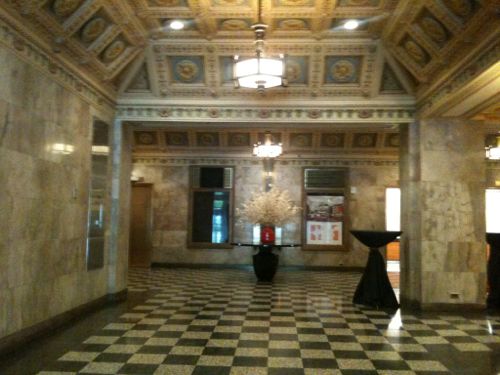
By the early 1980s Union Pacific, based in Omaha, bought the company but kept offices in the building until 2005. After the Lawrence Group purchased the building they planned for-sale condos in the building as well as in a new structure to the east that included parking. When the bottom dropped out of the economy they had to rethink their plans. To make the project work financially more units would need to be fitted into the building and they would be for lease rather than for sale. The structure to the east would become parking only (with ground-level retail space). The result is the ParkPacific.
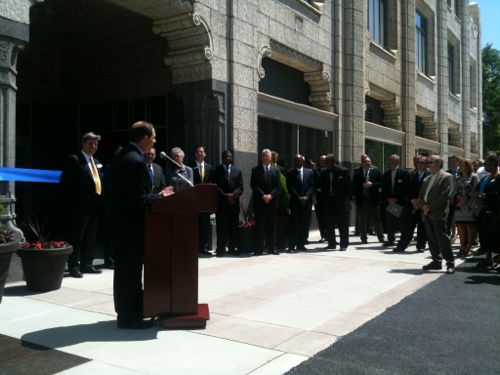
Due to high costs to redevelop this historic building the decision was made to go upmarket — these are high-end lofts with stone counters, fancy bath fittings and great amenities. Â Even though the rates are on the high end there are more total units than were previously planned. This means more people — which is excellent.
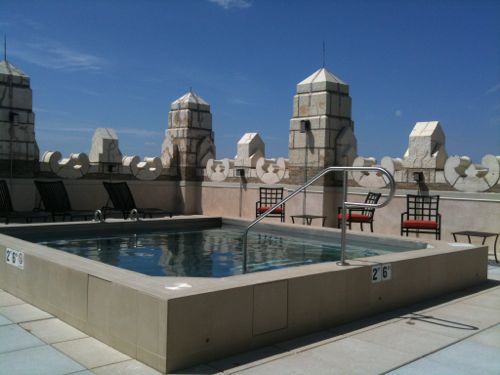
The top floor common space retains the original wood panelling and the roof is a great space for residents and their guests.
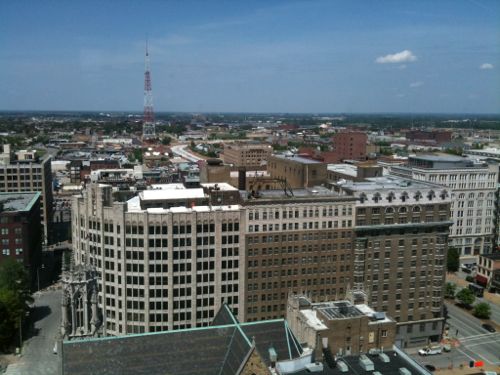
The roof is wheelchair accessible, whereas the roof at my place isn’t. If I lived at the ParkPacific I’d be on the roof often. Â Lawrence Group partner Steve Smith is planning a restaurant in the southwest corner of the building. Smith is the owner of The Moto Museum and Triumph Grill in midtown.
– Steve Patterson
